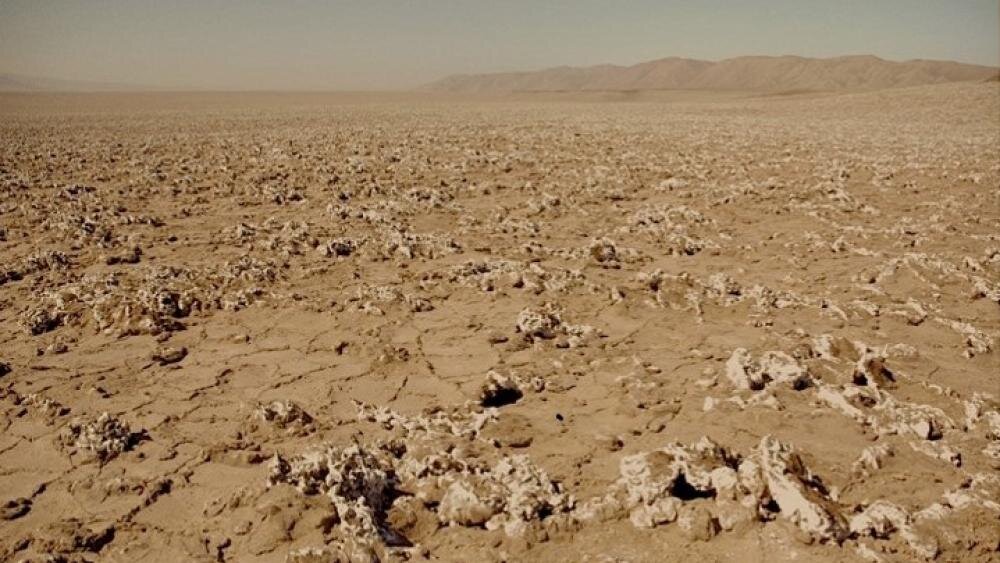Liquid water on Mars is mainly represented by perchlorates — supersaturated solutions of salts. They are usually deadly to living cells. But scientists have been able to find a way how life can exist even in such conditions.

Perchlorates on Mars
Life on Mars has not yet been found. One of the most likely reasons for this is its atmosphere and climate in general. The atmosphere of the planet is very thin, and the planet itself is very cold. Under such conditions, ordinary water cannot exist in a liquid state. Due to the liquid pressure, it turns into a gaseous state through the solid direction.
But it is liquid water that is not enough on Mars for life. It usually requires carbon, hydrogen, nitrogen, oxygen, phosphorus and sulfur. All this on the red planet and even its thin atmosphere of carbon dioxide can ensure the existence of anaerobic organisms.
And there really is liquid water on Mars. But it is represented by perchlorates – oversaturated salts, bright solutions of which do not freeze at sufficiently low temperatures. The only problem is that there are perchlorates on Earth, but no organism can survive with them.
How could life survive on the red planet?
A group of German scientists decided to find out whether living organisms could develop a protective mechanism in order to live in perchlorates. It is known that the main mechanism by which they kill organisms is intracellular stress caused by the penetration of these molecules through the membrane.
Scientists used yeast Debaryomyces hansenii in order to understand how the effect of perchlorates differed from the effects of conventional salt solutions, which are also very dangerous for living beings, but some of them were able to adapt to such an environment.
They find out that the intracellular reaction to perchlorates is very similar to what happens due to the action of salt solutions. It turns out that microscopic fungi can survive in perchlorates. But to do this, they additionally had to “invent” several additional devices.
They were the glycosylation of proteins and the structure of the cell wall. The last, apparently, is also associated with the stabilization of the structure of organic polymers. Scientists believe that life on Mars should adapt to the environment in a similar way.
According to phys.org
Follow us on Twitter to get the most interesting space news in time
https://twitter.com/ust_magazine

